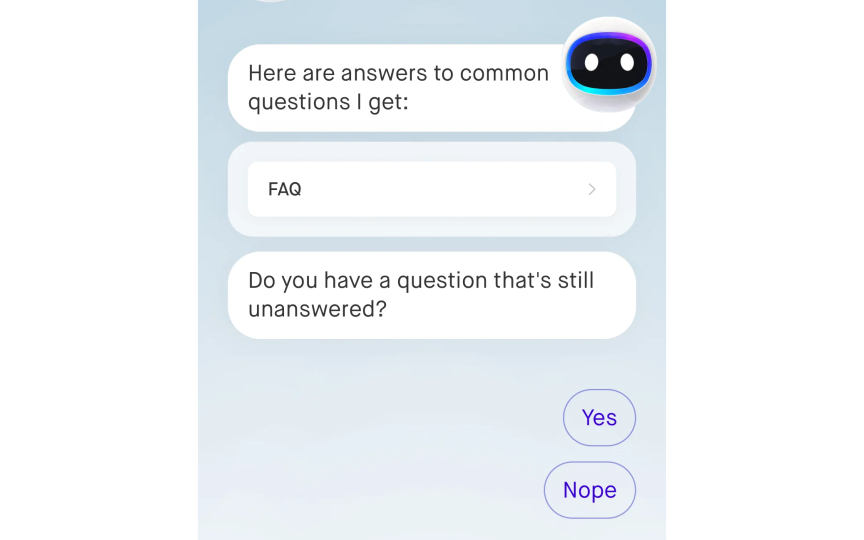Building meaningful AI measurement frameworks
Technical metrics like accuracy and processing speed tell us if an AI works correctly, but not if it's actually helpful. A chatbot might have 95% response accuracy yet still frustrate users with irrelevant answers that are technically correct. A recommendation system might perform quickly but suggest items users have no interest in purchasing. These gaps between technical performance and actual value creation make AI measurement particularly challenging. Effective measurement frameworks bridge this divide by tracking both dimensions.
Start by identifying your key user outcomes: are users completing tasks faster, making better decisions, or feeling more confident? Then work backward to connect these outcomes with specific AI behaviors and technical metrics. For example, if your AI assistant aims to reduce support tickets, track not just query understanding accuracy but also resolution rates and follow-up questions. Organizations should establish clear baselines before launch by testing with representative users. Create dashboards that visualize relationships between technical performance and user value metrics, making these connections visible to both technical and design teams.

